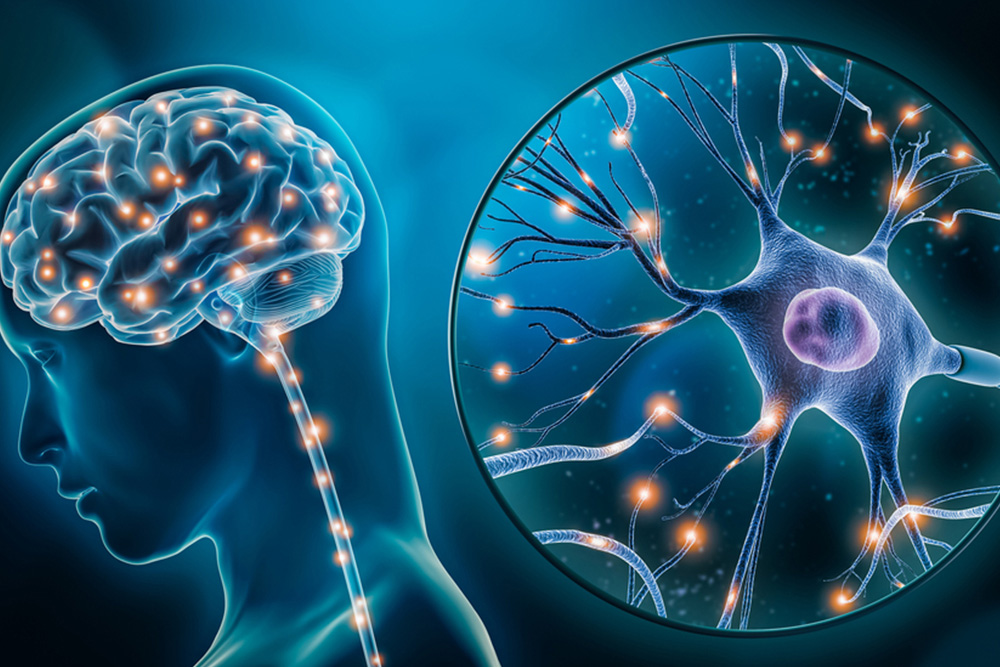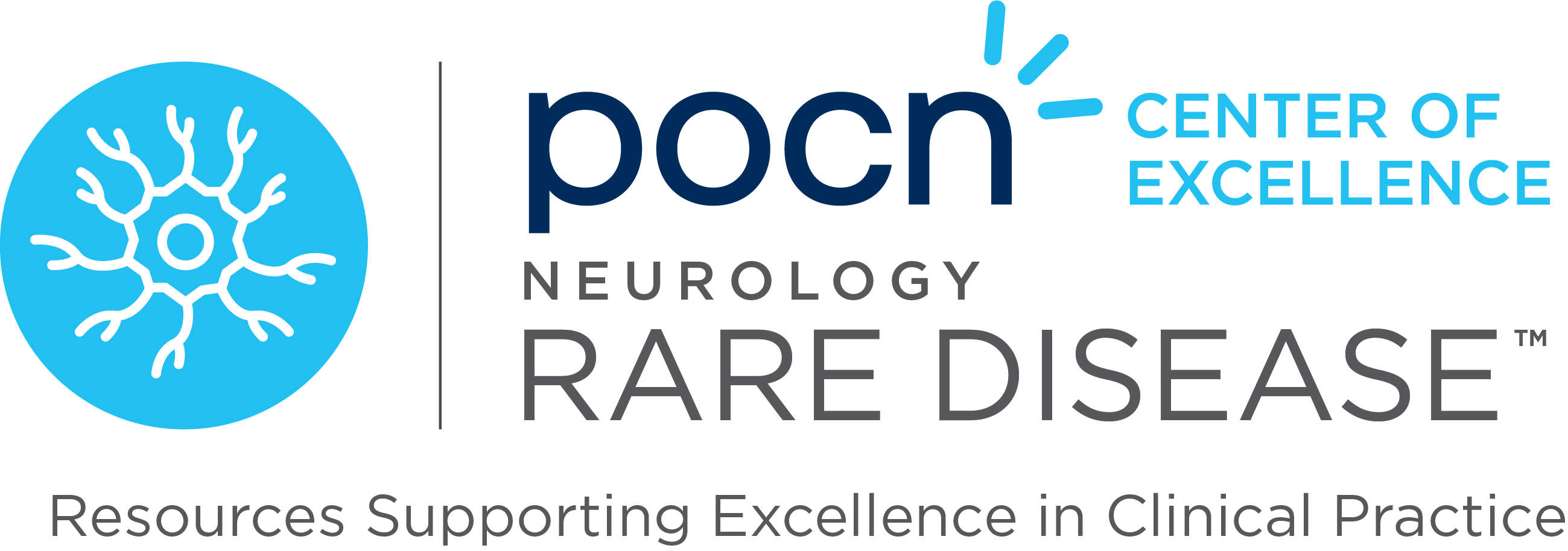Ocular Myasthenia Gravis: Causes, Symptoms, and Treatments

Myasthenia gravis (MG) is a condition that causes muscle weakness due to the immune system interfering with acetylcholine receptors in muscles, leading to easy tiring of affected muscles. Ocular myasthenia gravis affects only the eye muscles, causing double vision, trouble focusing, and drooping eyelids, while generalized myasthenia gravis affects muscles throughout the body, potentially causing trouble speaking, swallowing, and limb weakness. Approximately 15% of patients with initial visual symptoms will remain with ocular myasthenia, while 85% will develop generalized symptoms within three years.
Myasthenia Gravis Conference Spotlights Treatment Advances and More

The Proceedings of the 14th International Conference on Myasthenia Gravis and Myasthenic Disorders cover various facets of myasthenia gravis (MG), including immunological research, treatment modalities, and outcomes of clinical trials. Highlights include studies on antibody mutation in germinal centers and the immunopathology of MG, alongside trials investigating corticosteroid-sparing treatments such as methotrexate and cyclosporine, and the effectiveness of immunoglobulins and newer therapies in severe MG cases.
Thymectomy and Myasthenia Gravis Patients

A retrospective, one-year case-control study was conducted in Pakistan that aimed to compare the odds of positive outcomes in myasthenia gravis (MG) patients with or without thymectomy. It is believed that the thymus gland is responsible for producing the antibodies that affect the neuro-muscular junction on the postsynaptic membrane.
Webinar Highlights: Dr. Wright Discusses Exercise and Myasthenia Gravis Management

During a recent webinar hosted by DOA Lan, the National Senior Director for Education and Patient Programming, Dr. Wright, a specialist in neurophysiology and neuromuscular disorders from Boston Children’s Hospital, discussed the delicate balance of exercise for managing myasthenia gravis (MG). She emphasized the critical importance of exercise for patients of all ages with MG, highlighting the challenges due to the disease’s impact on muscle strength and endurance and the limited research available.
Neurologists Discuss Advances in Myasthenia Gravis Treatment and Diagnostic Updates

In a recent podcast, Dr. Kathrin LaFaver, a neurologist, engages in a discussion with Dr. Kim Robeson-Gewuerz, an associate professor of neurology and a neuromuscular specialist, about advancements in myasthenia gravis (MG) treatment. They discuss updates in the diagnostic algorithm, highlighting additional antibody tests like LRP4 antibodies and the evolving understanding of antibodies’ significance in diagnosis.
Study Reveals Elevated Osteoporotic Fracture Risk in Patients with Myasthenia Gravis

A recent study investigated the risk of major osteoporotic fracture in patients with myasthenia gravis (MG) compared to controls using a Korean national claim database. Data from 23,118 adult patients with MG and 115,590 age- and sex-matched controls were analyzed. Patients with MG had a significantly higher risk of major osteoporotic fracture, including vertebral, hip, humerus, and distal radius fractures, compared to controls. Risk factors for patients with MG included older age, female sex, high cumulative steroid dosage, use of immunosuppressive agents, and a history of prior fractures.
Myasthenia Gravis: An Autoimmune Challenge with Personalized Treatments

Myasthenia gravis (MG) is an autoimmune disease causing fluctuating muscle weakness that worsens with activity and improves with rest, primarily affecting the neuromuscular junction. Symptoms vary by affected muscle groups and can range from eye muscle weakness, manifesting as ptosis or diplopia, to more extensive involvement including bulbar, axial, and limb muscles. A myasthenic crisis, often induced by infections or stress, can lead to acute respiratory failure requiring urgent care. Diagnostic procedures typically involve serologic testing for autoantibodies, electrophysiologic tests, and imaging to detect associated thymomas.
Understanding Myasthenia Gravis: Diagnosis and Comprehensive Management Strategies

Myasthenia gravis (MG) is an autoimmune disease causing fluctuating muscle weakness that worsens with activity and improves with rest, primarily affecting the neuromuscular junction. Symptoms vary by affected muscle groups and can range from eye muscle weakness, manifesting as ptosis or diplopia, to more extensive involvement including bulbar, axial, and limb muscles. A myasthenic crisis, often induced by infections or stress, can lead to acute respiratory failure requiring urgent care. Diagnostic procedures typically involve serologic testing for autoantibodies, electrophysiologic tests, and imaging to detect associated thymomas.
Diagnosing Ocular Myasthenia Gravis: Insights from Diverse Cases

Myasthenia gravis (MG) presents challenges in diagnosis due to its ability to mimic various neurologic and ocular motility disorders, including pseudo-internuclear ophthalmoplegia. Two cases of ocular MG highlight the diverse ocular motor deficits it can manifest, ranging from exotropia to pseudo-internuclear ophthalmoplegia, without necessarily presenting with ptosis. The absence of ptosis, though less common, particularly in younger patients, does not exclude ocular MG, which may initially present with reduced visual acuity attributed to accommodative excess rather than accommodation insufficiency.
Navigating Myasthenia Gravis Crises: Preparedness and Communication

Preparation is key when living with myasthenia gravis (MG), as a significant percentage of individuals with MG may experience at least one myasthenic crisis in their lifetime. A myasthenic crisis, marked by worsening muscle weakness often leading to respiratory failure, requires prompt and appropriate handling. Regular communication with healthcare providers helps in recognizing potential crisis signs and identifying triggers, which may include stressors, infections, medication changes, or surgical interventions like thymectomy.

